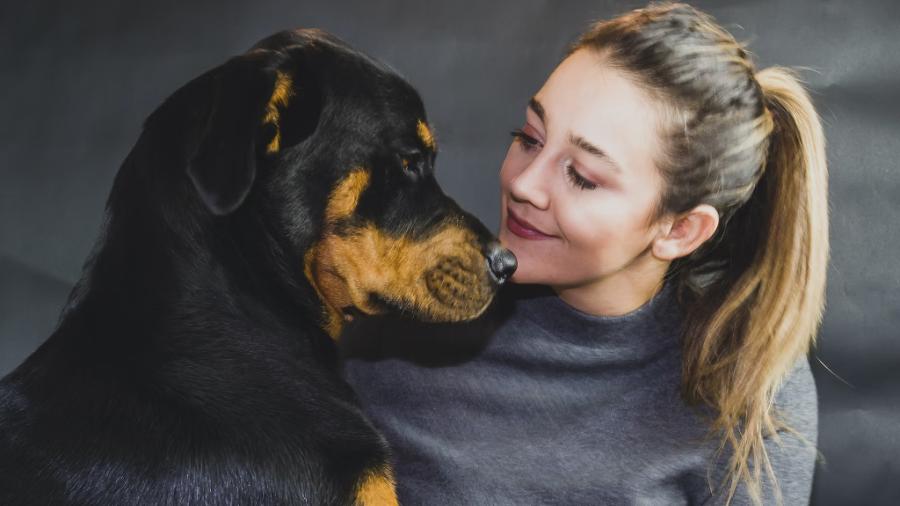The Potential of CBD Oil for Shrinking Lipomas in Dogs

Lipomas are extremely common, benign fatty masses that develop under the skin of dogs. These rubbery lumps are usually harmless, but can grow rather large and interfere with movement or become irritated. Surgical removal is the standard treatment, but not without risks. Some dog owners have begun using CBD oil to try shrinking lipomas naturally. But does CBD oil actually work for reducing canine lipomas? Let's dive deeper into the science behind this trending remedy.
Understanding Canine Lipomas
Lipomas arise from adipose (fat) tissue and are composed of mature fat cells surrounded by a thin connective tissue capsule. They occur most frequently in older dogs between the ages of 8 and 10. Certain breeds like Labrador Retrievers, Doberman Pinschers and Schnauzers are genetically predisposed. While the specific causes are unknown, obesity, hormonal imbalances and genetics likely play a role.
Lipomas typically form on the trunk, limbs, torso and armpits - areas with abundant fat deposits. Most remain small, ranging from 2cm to 10cm in diameter. However, some can grow quite large, up to 15cm across. Giant lipomas over 20cm are rare. These benign tumors feel soft, squishy and movable under the skin. They are usually painless unless they impede movement, get scraped or develop necrosis.
While harmless, rapidly enlarging lipomas should be evaluated to rule out liposarcoma - a malignant cancer. Liposarcomas are harder, fixed to underlying tissue and may ulcerate. Catching them early is key, as liposarcoma can metastasize to the lungs. Thankfully liposarcomas are very uncommon compared to benign lipomas.
Traditional Treatments for Canine Lipomas
Most lipomas don't require any treatment. But large, bothersome or ulcerated lipomas are often surgically excised. Surgery provides instant removal. However, it requires general anesthesia and leaves a surgical wound. Recurrence rates range from 3% to 50% depending on the study.
Non-surgical fat dissolving injections are another option. These enzymatic solutions dissolve fatty tissue over time by breaking triglycerides into fatty acids and glycerol. Serial injections every 4 to 6 weeks shrink lipomas without surgery. Bruising, pain and inflammation can occur though. Regrowth is also possible.
Potential Benefits of CBD Oil for Lipomas
Recently, some veterinarians and dog owners have taken interest in using CBD oil to reduce lipomas. CBD (cannabidiol) is a non-psychoactive compound extracted from cannabis plants. Preliminary research suggests CBD has anti-inflammatory, analgesic, anti-angiogenic and lipolytic (fat breaking) effects. Through these mechanisms, CBD may help:
- - Shrink lipomas by enhancing fat breakdown and inhibiting growth
- - Soothe pain and inflammation associated with irritated lipomas
- - Prevent regrowth after lipoma removal surgery
- - Slow malignant transformation in at-risk dogs
Additionally, CBD may reduce obesity-related inflammation that potentially promotes lipomas. It also appears relatively safe for dogs when used appropriately. More research is certainly needed, but these properties make CBD oil a promising conservative therapy for managing lipomas in dogs.
Using CBD Oil for Canine Lipomas
Always consult your veterinarian before using any new supplements like CBD. Dosage guidelines have not been thoroughly established for dogs. However, veterinary CBD products are available in oil solutions and chewable treats. It's important to choose high-quality products designed for pet use with lab testing showing cannabinoid contents.
CBD dosage depends on the size of the dog and severity of symptoms. Start very low around 2 mg per 10 lbs body weight twice daily. Then gradually increase every 1-2 weeks if needed. Apply oil directly onto the lipoma or administer orally.
Monitor for side effects like lethargy, vomiting and diarrhea. Seek immediate vet care if these occur. While CBD shows promise for lipomas, surgery should still be pursued for malignant or rapidly growing masses. Guidelines for CBD use in dogs are evolving, so consult your vet as new research emerges.
Frequently Asked Questions About CBD Oil for Canine Lipomas
What is the correct CBD dosage for dogs with lipomas?
Start with around 2mg CBD per 10lbs body weight twice daily. Slowly increase every 1-2 weeks up to a maximal dose of 5mg per 10lbs if needed.
How long does it take for CBD oil to shrink lipomas in dogs?
It may take 2 to 3 months for noticeable shrinkage. Maximal effects may take 4 to 6 months. Monitor growth and adjust dosage accordingly.
Is hemp oil the same as CBD oil for dog lipomas?
Hemp oil comes from hemp seeds and contains little CBD. Ensure you purchase CBD oil derived specifically from aerial hemp plant parts.
Does CBD completely eliminate lipomas in dogs?
While it may significantly shrink lipomas, CBD is unlikely to make them disappear completely. Additional treatments may be needed for maximal reduction.
Are there any side effects of CBD oil in dogs?
Diarrhea, vomiting, lethargy and loss of appetite may occur. Start with low doses and stop CBD if side effects develop. Talk to your vet about any concerns.
Conclusion
While more research is still needed, CBD oil holds promise as a natural supplementary therapy for shrinking annoying lipomas in dogs. Under veterinary guidance, CBD may improve canine comfort and mobility. However, any new lumps or bumps should always be evaluated by a vet to rule out cancer. Partnering with your veterinarian will ensure your dog benefits safely from this emerging remedy.
Previous Posts:
Next Posts: